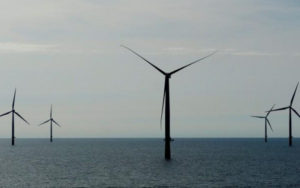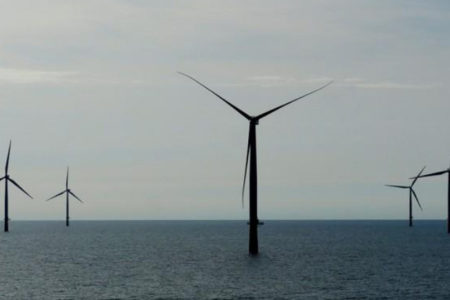The amount of future new wind capacity in Europe financed last year rose to a record high, industry group WindEurope said on Thursday, as falling costs and increased competition made it possible for investors to fund more for less cash.
In total, 16.7 gigawatts (GW) of projects reached a final investment decision – 12.5 GW onshore and 4.2 GW offshore – 45 percent more than in 2017, WindEurope said in its annual report.
Funding for the new investments rose to 26.7 billion euros ($30.3 billion). Even though 45 percent more 
“Cost reductions across the industry’s value chain and increased industry competition have made it possible for investors to finance more capacity for less cash,” it said.
The cost of generating electricity from wind power fell to 1.59 million euros per megawatt (MW) in 2018 from 1.93 million euros/MW in 2017, WindEurope said.
However, the report distinguishes between finance for future projects over the next few years and farms actually installed, saying the amount of capacity newly installed last year fell.
“Last year was the worst year for new wind energy installations since 2011 … 12 EU countries didn’t install a single wind turbine last year,” said WindEurope’s chief executive Giles Dickson.
In the 28 European Union member nations plus Switzerland, Norway and Turkey, the amount of capacity added last year was 11.7 gigawatts (GW), 32 percent less than in 2017, due to poorly designed auctions and issues with permits, the report said.
In the 28-nation EU bloc, new wind installations fell to 10.1 GW, the lowest level since 2011.
“Investments in future capacity were quite good last year thanks to the UK, Spain, Sweden – and thanks also to the further expansion of offshore wind,” Dickson said.
“But the outlook for new investments is uncertain. There are structural problems in permitting, especially in Germany and France. And with the notable exception of Lithuania and despite improvements in Poland, there’s a lack of ambition in central and eastern Europe,” he added.
In total, 189.2 GW of wind power capacity is now installed in Europe, 6 percent higher than in 2017. That accounts for 18.4 percent of the EU’s total installed power generation capacity.


